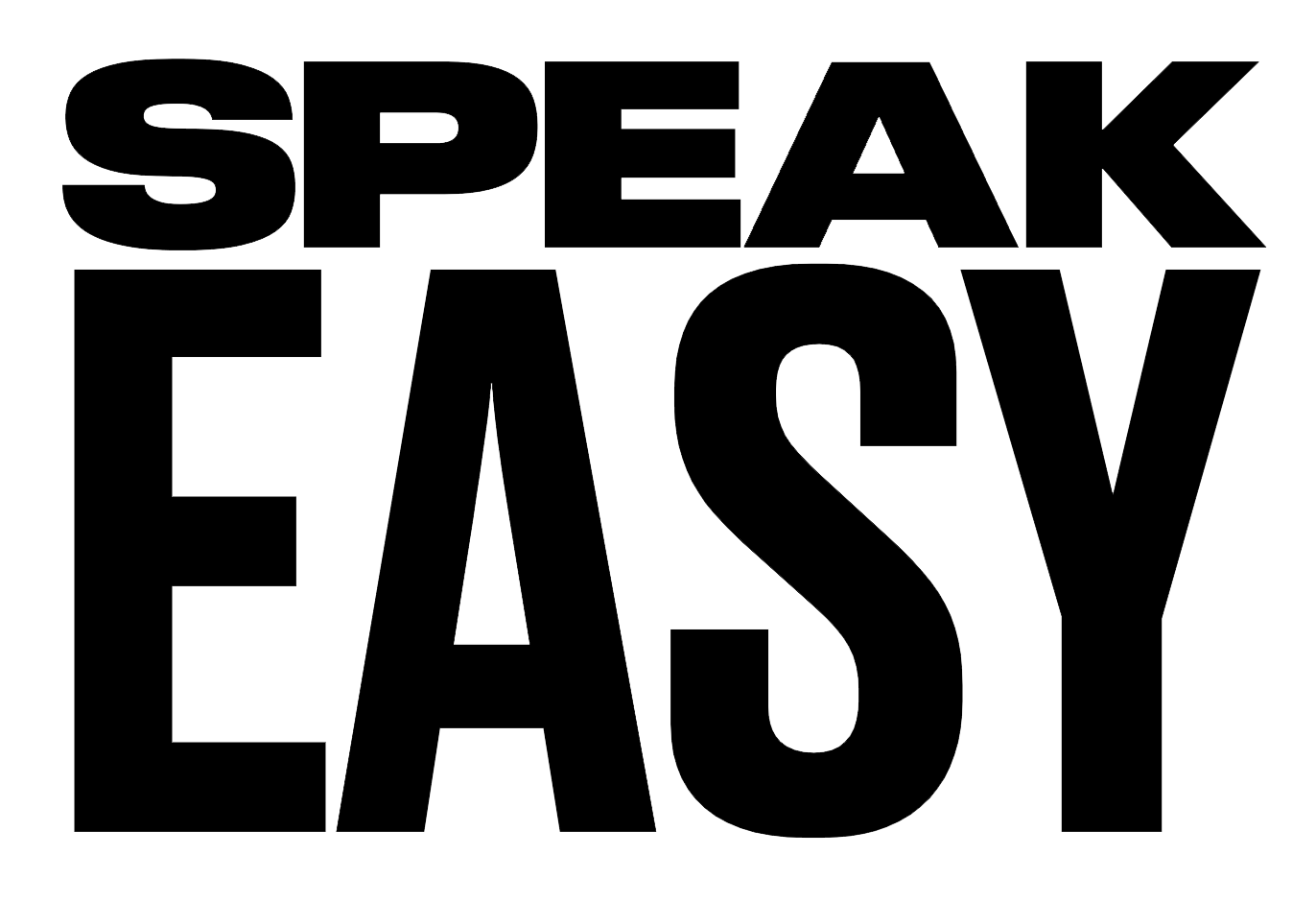Web3 Glossary
Web3 is an idea for a new iteration of the World Wide Web based on blockchain technology, which incorporates concepts such as decentralization and token-based economics.
Web3
Pump and dump
a scheme where a cryptocurrency or other asset is hyped up, leading many to buy into it, raising its price. Those who did the hyping then sell their holdings of the asset as the price rises for a short period of time. This then leads to a sharp selloff where anyone who did not sell […]
Web3
Rollup
a scaling solution that aims to improve transaction throughput and decrease fees by batching multiple transactions off-chain and then submitting them to the main chain as a single transaction.
Web3
Satoshis/Sats
the smallest denomination of BTC, equal to 0.00000001 bitcoin. Satoshis are named after Bitcoin’s pseudonymous creator, Satoshi Nakamoto.
Web3
Scalability
a protocol’s capacity to handle higher demand and increase transaction throughput as the network grows.
Web3
Seed Phrase
a string of words used as a master password to access a crypto wallet. Because a single wallet can contain multiple accounts, all with their own private keys, a seed phrase makes it easy to access them all with the same password.
Web3
Ser
meaning “sir,” a common intentional misspelling used in crypto circles
Web3
SHA-256
SHA stands for Secure Hashing Algorithm, a set of cryptographic hashing functions designed by the NSA. Essentially, SHA-256 takes an input of data and generates a long sequence of letters and numbers, called a hash. This hash is then used as a secure placeholder for the data it represents.
Web3
Sharding
a method of separating a network’s nodes out into smaller groups (shards) in an attempt to increase scalability. These shards are then able to reach consensus on behalf of the entire network, removing the need for every node to process every transaction.
Web3
Shill
the act of heavily promoting a cryptocurrency, stock, or other asset in an effort to increase adoption and, in turn, raise its price. This is usually done via spamming on social media, and generally carries a negative connotation. A person who performs the act of shilling may also be referred to as a shill.
Web3
Shitcoin
a cryptocurrency with weak fundamentals and little to no use case.
Web3
Sidechain
a parallel blockchain used to offload transactions from the main chain in order to increase scalability or add other functionality. Sidechains are connected to their main chain, or parent chain, via a two-way link which allows data and assets to be seamlessly transferred.
Web3
Slashing
the process of burning or redistributing a validator’s staked cryptocurrency as punishment for approving fraudulent charges or otherwise endangering the network.
Web3
Slippage
the price of a cryptocurrency may change between the time an order is placed and the time that order is ultimately filled. Slippage is the difference between a cryptocurrency’s quoted price and the price that a trade actually executes at.
Web3
Smart Contract
self-executing code deployed on a blockchain. Smart contracts allow transactions to be made without an intermediary figure and without the parties involved having to trust one another.
Web3
Soft Fork
a backwards compatible update to a blockchain. Unlike a hard fork, these changes do not require the creation of a separate chain.
Web3
Solidity
the native programming language of Ethereum, mainly used to write smart contracts.
Web3
Stablecoin
a token with its value pegged to another asset. Stablecoins are usually backed by a fiat currency, like the US dollar, but can also be pegged to physical assets like precious metals, or even other cryptocurrencies like Bitcoin.
Web3
Testnet
a software environment that mimics a mainnet blockchain, used to test network upgrades and smart contracts before deploying them to the mainnet.
Web3
TLD- Top Level Domain
the last segment of a domain name, or the part that follows immediately after the “dot” symbol.
Web3
Token
unlike a coin, a token is a digital asset created on an existing blockchain. Tokens can be used to represent digital and physical assets, or used to interact with dapps.
Web3
TPS- Transactions per second
the number of transactions that a blockchain can handle per second, used as a benchmark to measure its computational power.

